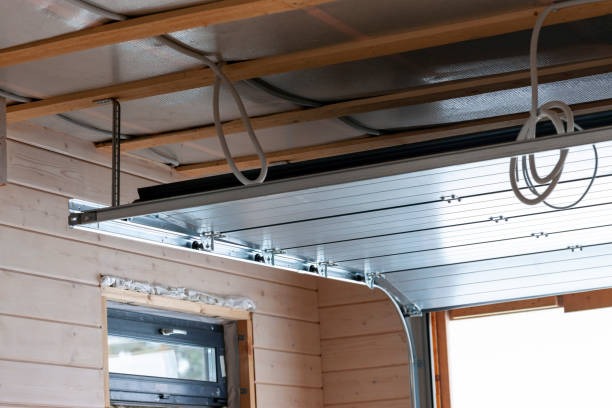Garage doors are an essential part of every home, providing security and convenience. However, like any other mechanical system, they can sometimes fail or malfunction. One common issue homeowners often face is problems with their garage door sensors. Understanding how to troubleshoot these issues can save you time and money on unnecessary repairs.
Garage door sensors are safety devices that prevent the door from closing if there’s something in its path. They work by sending a beam of infrared light across the bottom of the door opening. If anything interrupts this beam while the garage door is closing, it will automatically reverse direction and open again.
learn all the details first step in troubleshooting your garage door sensor is to check for obvious signs of trouble such as dirt or debris blocking the sensor’s eye, misaligned sensors, or visible damage to wires or sensor casing. Cleaning off any dirt or realigning skewed sensors often solves most issues.
If cleaning and realignment don’t work, try checking for power issues next. The LED lights on both sensors should be lit when powered correctly; one usually emits green light indicating it’s sending signal while another emits red light indicating it’s receiving signal successfully. If either light isn’t on, there may be a problem with your power supply which could involve damaged wires or circuit board.
Another common problem with garage door sensors is dampness or moisture build-up especially during rainy seasons; water can cause short circuits leading to malfunctions. Therefore ensure that your sensor casings are properly sealed against moisture ingress.
In case none of these solutions work out for you then you might have faulty units requiring replacement. It’s important to note that replacing only one unit might not solve your problem since both units need to communicate effectively for proper functioning hence consider replacing both units at once.
Remember always prioritize safety when working around electricity and moving parts like those found in a garage door system; shut off power before attempting any repairs and avoid placing yourself between moving panels during operation. Always consult your user manual or call a professional if you’re unsure about any part of the process.
In conclusion, troubleshooting garage door sensors is often a simple task that homeowners can handle themselves. Regular maintenance and checks can prevent many common issues, saving you from unexpected repair costs. However, when in doubt always consult with a professional to avoid causing further damage or compromising safety. Understanding how these sensors work and how to troubleshoot them is an essential skill for every homeowner with a garage door system.


